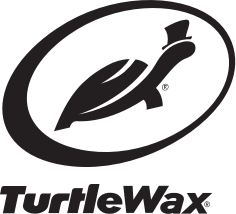
FREE DELIVERY ON ORDERS OVER $30
15% OFF SITEWIDE WITH CODE CHRISTMAS15
THOUSANDS OF 5-STAR REVIEWS
- Home
-
Exterior
- Wash
- Wax, Seal & Coat
- Paint Correct
-
Restore
- headlight restoration
- scratch repair
- trim restoration
- bug & tar removal
- metal & chrome finish
- View all Restore
- Wheel & Tire
- View all Exterior
- Interior
- Hybrid Solutions
-
Mister Cartoon
- Mister Cartoon Complete Collection
- Mister Cartoon Air Care & Foggers
- Mister Cartoon Wash, Wax & Detailer
- Mister Cartoon Interior, LVP & Protectant
- Mister Cartoon Wheel & Tire
- View all Mister Cartoon
- Car Care Kits
- Accessories
- Learn
- Rewards
- Product Finder
FREE DELIVERY ON ORDERS OVER $30
15% OFF SITEWIDE WITH CODE CHRISTMAS15
THOUSANDS OF 5-STAR REVIEWS

HOW TO USE A BUFFING COMPOUND AT HOME
No matter how careful you are while driving, odds are, tar and other caked up grime builds up over time, causing the paintwork to look weathered and dull. A buffing compound can easily take care of general signs of aging on cars, as well as more severe imperfections, such as scratches, paint transfer and more stubborn stains. If you’re unfamiliar with how to use compounds or simply looking for some more guidance, you can find everything you need in this handy guide.





















